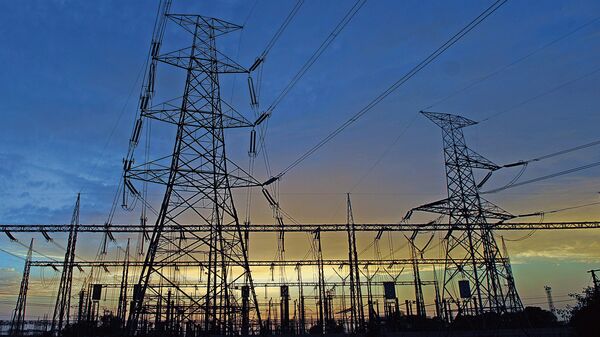 Industry
Industry
What's behind India's surging hunger for electricity?

Summary
Domestic power demand hit record highs in both August and September. What is fuelling this voracious appetite?India is consuming more power than ever before. Domestic power demand hit record highs in both August and September. What is fuelling this voracious appetite? And exactly how is the country planning to cope with it? Mint finds out.
How much has power consumption gone up?
Demand scaled new highs on three of the last four days of August this year. For the full month, power consumption grew 21% compared with August last year. On 1 September, India’s peak power demand hit another new high of 240 gigawatts (GW), which exceeded peak available capacity by as much as 10.745GW. This wasn’t a flash in the pan. Demand remained high the next day too at 238.6GW before falling on 3 September—a Sunday. This is much higher than the ministry of power’s expected peak demand of 230GW in a day for the year. Last year, power demand had peaked at 201GW on 26 April.
Why did demand rise so steeply?
Power consumption typically peaks around April-May as temperatures soar above 40 degrees Celsius in northern and central India. Later, as the monsoon sets in and temperatures drop, demand falls. This year is different. August was an unusually dry month with rainfall plummeting 33% below average, which neutralized the excess rainfall till July to a 9% deficit in August—the poorest in eight years. The deficit was also unusually widespread with Kerala, Rajasthan and Gujarat the worst hit. The rising heat and humidity levels meant cooling appliances worked overtime, leading to high power consumption.

Who consumes the most power in India?
The biggest is industry, accounting for over 40% of power capacity, followed by domestic households (25%), agriculture (nearly 20%) and commercial establishments (10%). The current spike is largely due to domestic households and agricultural consumers. Farmers resorted to using pumps to draw groundwater for irrigation in the absence of rainfall.
How are power companies coping?
Companies had geared up for a spike in April-May, which did not happen as the summer was benign. They were caught by surprise in August, which explains the rise in deficit. It has led to a sharp decline in coal stocks. India has added substantial renewable power capacity but its intermittent nature is a problem. The government has extended the mandate for power companies to blend 4% imported coal till March 2024 to ensure sufficient stocks. At least for this month, the reliance on coal-based power is set to increase.
Is demand likely to grow in the future?
India is the third-largest consumer of power in the world and also one of the thirstiest. Consumption grew 8.4% in 2022. It’s tipped to grow 6.8% this year and 6.1% next year. A recent report by BMI Research said India’s power demand would grow by 70% by 2032 on account of rising urbanization and increased demand from the construction, manufacturing and services sectors. While the share of renewables will increase, coal will continue to command the lion’s share of power generation in India.

